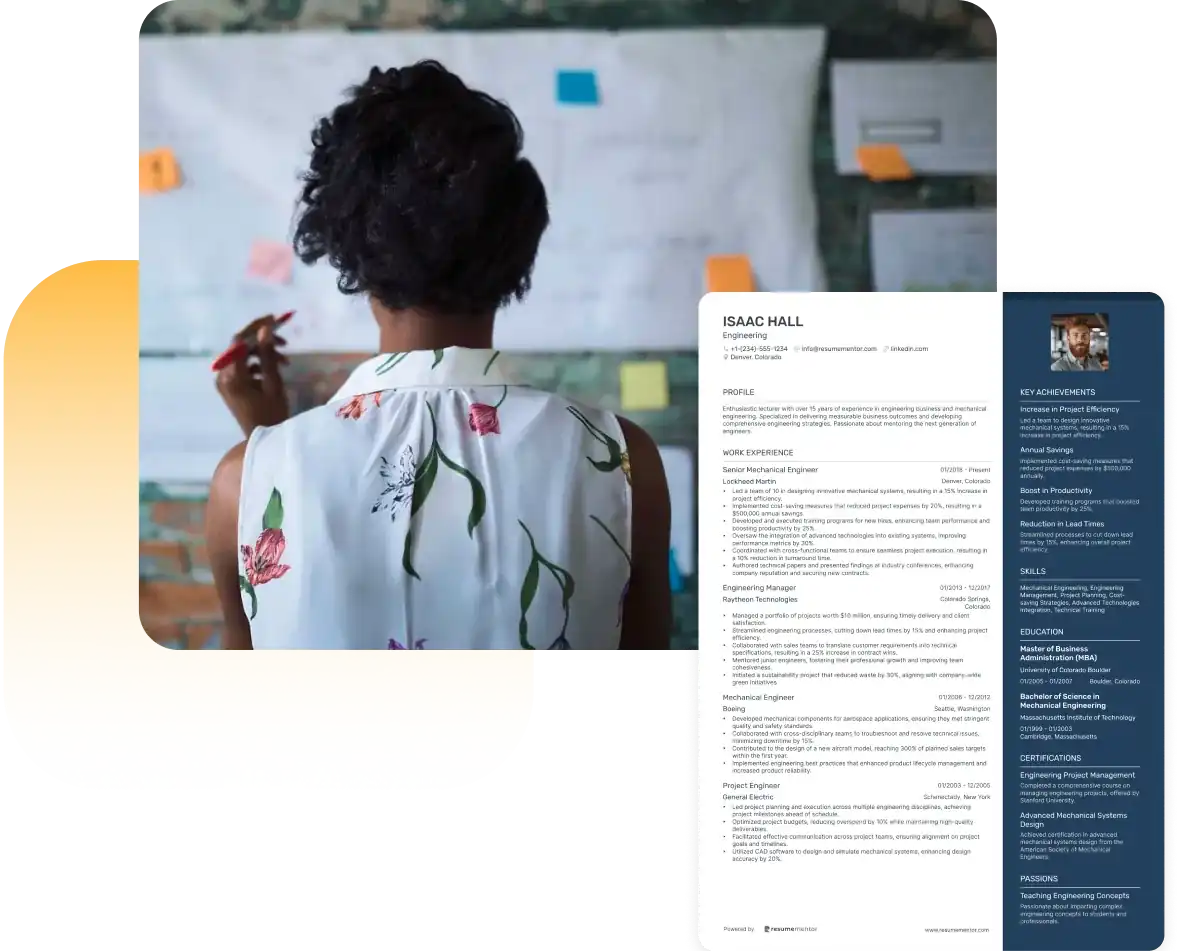How to Build a Winning Resume After Completing an Occupational Therapy Assistant University Program

Aug 11, 2025
|
12 min read
Completing your occupational therapy assistant program is just the beginning. Learn how to turn your education and clinical experience into a resume that gets noticed and helps you land your first OTA job.
Completing an occupational therapy assistant university program is a huge accomplishment—and it’s just the beginning of your career journey.
Now, it’s time to take all that knowledge and hands-on experience and present it in a way that opens doors.
A resume is more than a document—it’s your personal marketing pitch.
Crafting it the right way can make all the difference in landing interviews and job offers in the occupational therapy field.
Let’s break down how to create an occupational therapy assistant resume that gets noticed.
Understand What Employers Are Looking For
When I graduated from my OTA program, I thought listing my degree and clinical rotations would be enough.
I quickly learned that employers want more.
They’re looking for proof that you can step into a healthcare environment and work confidently with patients.
That means your resume needs to show both clinical competence and soft skills like communication, compassion, and adaptability.
Hiring managers don’t have time to read between the lines.
They need to see clearly that you’re qualified and ready to work.
Highlight Your Clinical Experience
Your clinical rotations aren’t just boxes you checked—they’re valuable experiences.
Each rotation should be listed with the facility name, location, and the patient population you worked with.
For example:
Clinical Rotation – Pediatric Occupational Therapy
Sunrise Children’s Center, Long Beach, CA
Assisted in treatment sessions for children ages 3-10 with sensory integration disorders.
Be specific.
Mention any treatment techniques you used, therapy tools you’re familiar with, or documentation systems you’ve mastered.
This is your chance to prove you’re not just book-smart—you’re hands-on ready.
Occupational therapy assistant university programs often include diverse clinical placements, so don’t undersell them.
Structure Your Resume Like a Pro
Hiring managers skim resumes in seconds.
If yours isn’t easy to read, it won’t get read.
Here’s a proven structure:
Contact Information
Include your full name, phone number, email, and LinkedIn profile (if it’s polished and relevant).
Professional Summary
Think of this as your elevator pitch in 3-4 lines.
Example:
Certified Occupational Therapy Assistant with hands-on experience in pediatric and geriatric settings. Known for building rapport with patients and helping improve mobility and independence. Seeking to contribute clinical skills and positive energy to a patient-focused therapy team.
Skills Section
Include both hard and soft skills, like:
- Range of motion exercises
- Gait training
- Electronic medical records (EMR)
- Time management
- Patient engagement
Use job postings as a cheat sheet—match their language where it fits.
Education
List your OTA program, graduation date, and any academic honors.
Certifications
Include CPR, First Aid, and NBCOT eligibility or certification if you’ve already passed.
Tell a Story Through Results
Saying you “worked with patients” is good.
Saying you “helped a stroke patient regain upper limb mobility using adapted tasks and saw progress over 4 weeks” is better.
Real stories resonate.
I once wrote that I helped a patient return to independent living after a hip replacement.
During the interview, that’s what the hiring manager asked about first.
Don’t be afraid to share these small wins.
They’re what show you care—and that you make a difference.
Include Volunteer or Extra Experiences
Anything related to caregiving, mentoring, or health outreach can add value.
Did you help run a wellness workshop?
Volunteer with children?
Shadow in a rehab center before your studies?
Include it.
These details show initiative and empathy—two things every OTA needs.
Keep It Clean and Simple
Use a professional font, white space, and bullet points.
Skip photos, graphics, and quirky fonts.
Unless you’re applying somewhere creative, clean is king.
Proofread it twice—then once more.
Typos can cost you interviews.
Add a Custom Touch for Each Job
Don't send the same resume everywhere.
Adjust your summary and skills to reflect the specific job you’re applying for.
If they mention experience with seniors, bump your geriatric clinical rotation to the top.
Tailoring takes extra time—but it works.
Don’t Forget the Cover Letter
Yes, the cover letter still matters.
It gives you a chance to share why this role speaks to you.
Tell a brief story, like a moment that confirmed OT was your calling.
One of mine was watching a nonverbal patient light up after completing a self-feeding task.
That’s the kind of emotional connection that stands out.
Final Thoughts
Graduating from an occupational therapy assistant university program is a major step—but now you need to communicate your value.
Think of your resume as the bridge between your education and your first job.
Make it sharp, honest, and personal.
Let your passion for helping others come through.
Employers aren’t just hiring a skill set—they’re hiring someone who’ll make patients feel seen and supported.
You’ve already done the hard work.
Now it’s time to make sure your resume reflects just how ready you are.
Let your experience speak louder than words—and the interviews will follow.
Related Articles

Continue Reading
Check more recommended readings to get the job of your dreams.
Resume
Resources
Tools
© 2026. All rights reserved.
Made with love by people who care.
